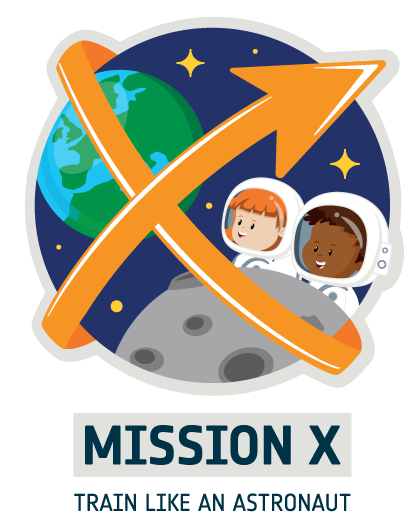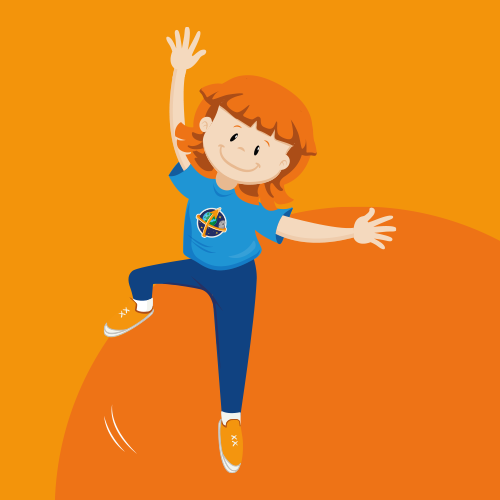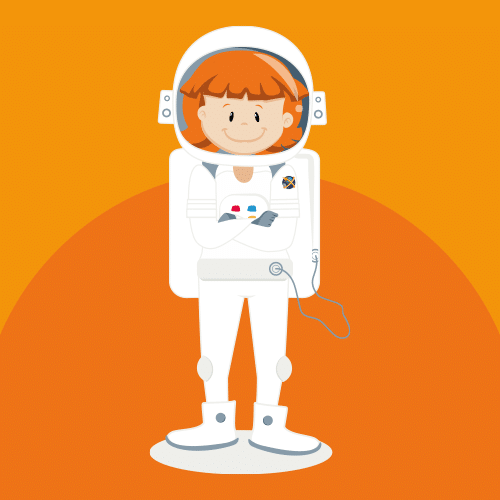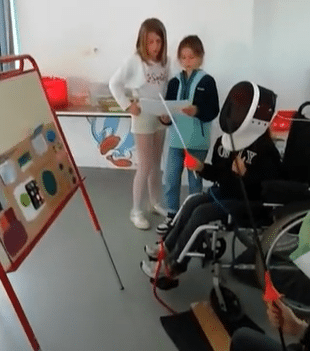The Earth from Space
Your mission: Just like astronauts in their real training, learn about satellites and their role in Earth observation. Then, build your own satellite and determine its unique superpower.
This resource was created by Space Expo, Netherlands 2025

Astronauts on the International Space Station (ISS) spend much of their free time studying the Earth below. They often sit in the Cupola, observing and taking photographs. Studying the Earth from space is incredibly useful and important, as it reveals the planet’s vulnerability. Satellites also observe the Earth – but they do so all day long! A satellite orbits a planet or a moon and observes it in different ways, such as in infrared light, allowing it to see more than the human eye can. Right now, nearly 10,000 active satellites are orbiting the Earth. We live in an era where many of our daily activities rely on satellites. Think about the importance of communication satellites for internet and phone services, navigation satellites for GPS systems, and observation satellites for weather forecasting.
Collaboration & Organisation
Learn about satellites, their importance in daily life, and their role in areas such as Earth observation.
Study and interpret satellite images.
Gain insight into how a mini-satellite can be assembled using simple materials and understand which components are essential for optimal functioning.
Collaborate to build a basic model of a mini-satellite, with special attention to its essential components.
- Worksheets (see attachments)
- Scissors
- Glue
- Large paper
- Drink can/carton
- Construction materials for the mini-satellite
Explore more Mission X activities!
Your Mission: Explore taste sensations on the tongue and experiment to see which senses influence taste. For astronauts, all their …
Your Mission: Perform the “bear crawl” and “crab walk” to increase muscular strength and improve upper and lower body coordination. …
Your Mission: Perform an exercise with balls of different weights, as if you were in different gravitational conditions, to strengthen …
Your Mission: Investigate which factors affect plant growth, and relate these factors to growing plants in space. All the things …
Your Mission: Assemble a puzzle quickly and correctly to understand the importance of dexterity and hand-eye coordination. When working with …
Your MissionAccumulate a total of 42 km (26.2 mi) as a team, an individual or as a family… it is …
Your Mission: Design and build a robotic arm to perform some simple tasks. To help out in space, scientists have …
Votre mission: Résistez à la gravité pour marquer le plus de points possible. This resource was created by CNES, ESERO …
Your mission: Just like astronauts who sometimes have to avoid space debris, you will become aware of human-caused pollution in …
Your Mission: Perform body-weight squats and push-ups to develop upper and lower body strength in muscles and bones. Astronauts must …










